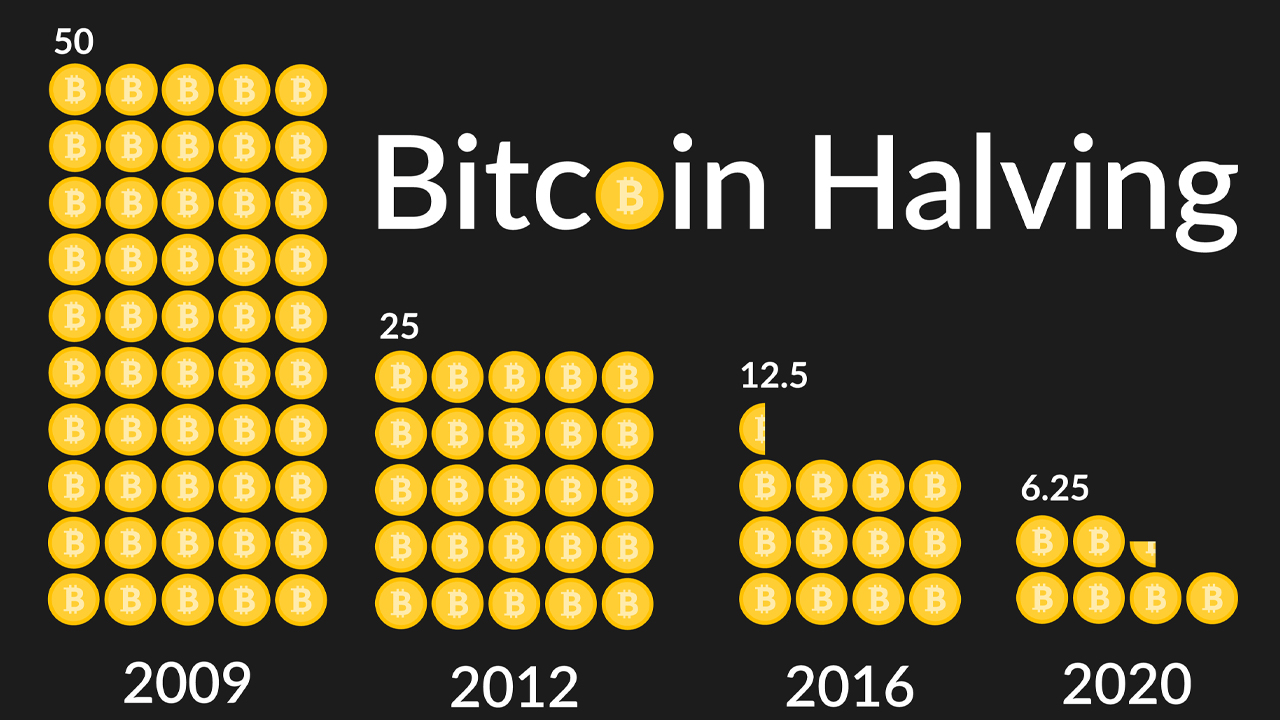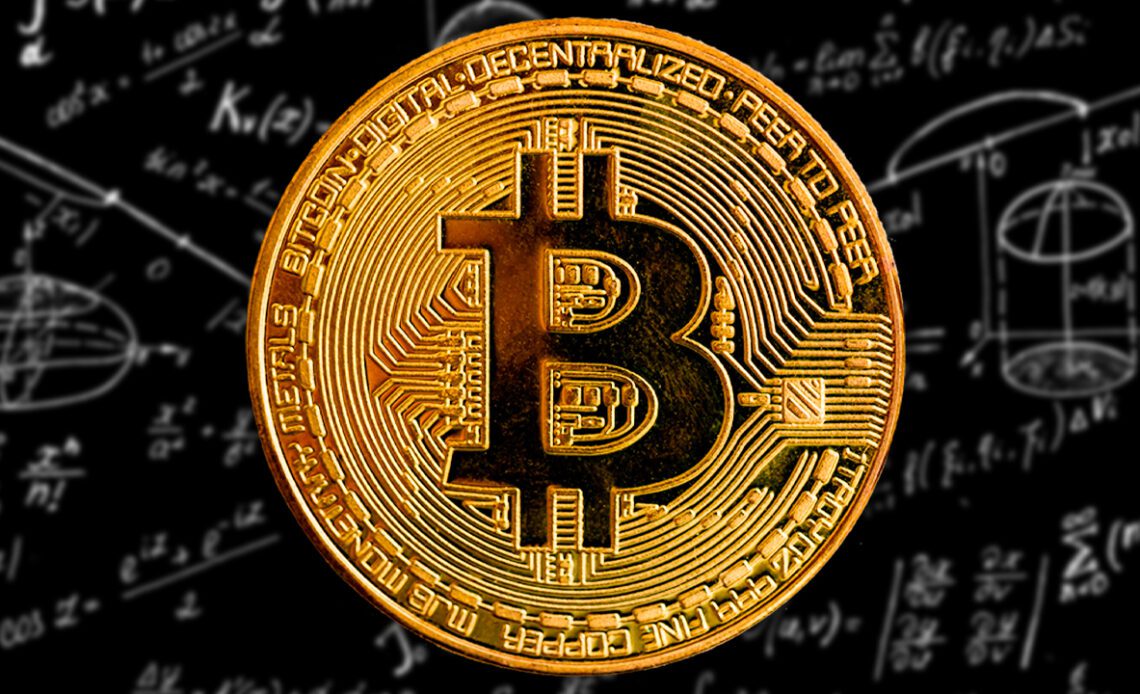This past April, records show that 19 million bitcoins have been mined into existence and 133 days later, there are 1.88 million bitcoins left to mint today. The network’s block subsidy halving is expected to occur on or around April 20, 2024, as there are less than 91,000 bitcoins left to mine until that point. While Bitcoin’s inflation rate per annum is 1.73% today, after the halving in 2024, the crypto asset’s yearly inflation rate will be down to 1.1%.
The Institute of Mathematics: ‘Bitcoin Can Only Function Because of the Clever Mathematics Which Is in the Background Enabling It to Exist’
Time goes by fast and today, there’s less than two years left until the next Bitcoin reward halving takes place roughly 617 days from now. Bitcoin gives miners a reward every time a block is discovered by a miner dedicating hashrate to the network. At the time of writing, miners get 6.25 bitcoins per block and on or around April 20, 2024, the block reward will be cut in half to 3.125 bitcoins per block. At that time, it will be a lot more difficult to obtain bitcoins via the mining process and today, there are only 1.88 million bitcoins left to mine.

Bitcoin is a very predictable monetary network that operates in an autonomous fashion. Unlike the unpredictable inflation rate in the U.S., people can safely predict Bitcoin’s inflation rate per annum. There’s no stimulus added to the equation and central bankers cannot change Bitcoin’s issuance rate per year on a whim as they often do when there’s an ‘emergency.’ When the next Bitcoin halving takes place, Bitcoin’s issuance rate per year will be 1.1%. With Bitcoin’s open network, the public knows this for a fact. The Federal Reserve, on the other hand, can cause busts and booms by increasing the monetary supply and hiking and lowering the benchmark federal funds rate.
Gold’s Correlation to Inflation and the Precious Metal’s so-Called Scarcity
While the precious metal gold is considered scarce and people suspect the price of gold will rise during economic uncertainty, that’s not necessarily a fact. Research shows that gold has “an extremely low correlation to inflation.” While Bitcoin is a very predictable financial system, the crypto asset itself has a low correlation to inflation as well. As the consumer…
Click Here to Read the Full Original Article at Bitcoin News…
























